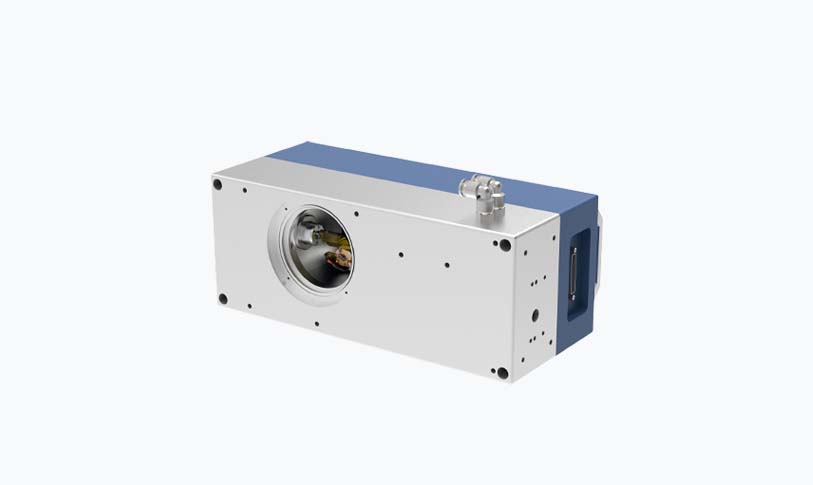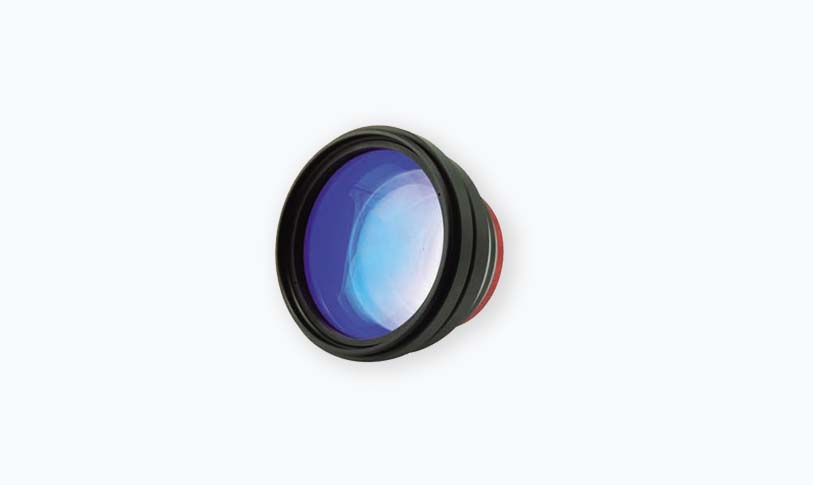****
In recent years, laser technology has advanced significantly, revolutionizing manufacturing processes across various industries. Among these advancements, the fiber laser operating at a wavelength of 1064 nm has emerged as a standout solution, offering exceptional efficiency, precision, and versatility. In this article, we delve into the multifaceted benefits of fiber laser 1064 nm technology and explore its applications in modern manufacturing and material processing.
**Understanding Fiber Laser Technology**
Fiber lasers represent a significant leap in laser technology. Unlike traditional solid-state or gas lasers, fiber lasers utilize optical fibers doped with rare-earth elements, such as ytterbium, neodymium, or erbium, to produce laser light. The 1064 nm wavelength is particularly significant, as it falls within the near-infrared spectrum, ideal for various materials and processing techniques.
The ability to deliver high-intensity light with minimal energy loss is one of the key advantages of fiber lasers. The fibers are designed to handle high power levels, allowing for the production of extremely focused beams. This results in minimal heat-affected zones, reducing material deformation – a critical factor in manufacturing applications.
**Key Advantages of Fiber Laser 1064 nm Technology**
1. **High Efficiency and Low Operating Costs**: Fiber lasers are known for their high conversion efficiency. They exhibit less energy loss compared to traditional lasers, resulting in lower operational costs. This efficiency means that manufacturers can enjoy significant savings in energy consumption while also maintaining high production rates.
2. **Exceptional Beam Quality**: The compact size of fiber lasers allows for a smaller laser spot size, which translates to better beam quality. The high beam quality enables manufacturers to achieve intricate designs and precise cuts, making fiber laser technology ideal for applications requiring fine detail.
3. **Versatility in Material Processing**: The 1064 nm wavelength is highly effective for a variety of materials, including metals, plastics, and even certain glass types. This versatility means that fiber lasers can be utilized in diverse applications, from cutting and engraving to welding and additive manufacturing.
4. **Reliable and Maintenance-Free Operation**: Due to their solid-state construction, fiber lasers have fewer moving parts than traditional laser systems. This design results in increased reliability and reduced maintenance requirements. Manufacturers can reduce downtime and increase productivity, making fiber laser technology an attractive choice in industrial environments.
5. **Portability and Space Efficiency**: Fiber laser systems are typically more compact than their gas or CO2 counterparts. Their smaller footprint allows for easier integration into various production environments, enhancing their appeal for manufacturers with limited space.

Exploring the Advantages and Applications of Fiber Laser 1064 nm Technology in Modern Manufacturing and Material Processing Industries
**Applications of Fiber Laser 1064 nm Technology**
The adaptability of fiber lasers has led to their adoption across multiple industries, particularly in the domains of manufacturing, automotive, aerospace, and medical device production. Some notable applications include:
1. **Cutting**: Fiber laser 1064 nm technology excels in cutting applications, particularly for metals such as stainless steel, aluminum, and copper. The precision and speed of fiber lasers allow manufacturers to achieve clean cuts and intricate designs.

Exploring the Advantages and Applications of Fiber Laser 1064 nm Technology in Modern Manufacturing and Material Processing Industries
2. **Engraving and Marking**: The high focus and intensity of the 1064 nm wavelength make fiber lasers ideal for engraving and marking surfaces with logos, barcodes, and intricate patterns. This capability is valuable in various sectors, including branding and traceability.
3. **Welding**: In the automotive and aerospace industries, fiber lasers are increasingly used for welding applications. Their ability to create deep welds with minimal heat input allows for durable joints without compromising the surrounding material properties.
4. **Additive Manufacturing**: Fiber lasers also play a crucial role in the growing field of additive manufacturing. They are used in processes that require precise layer deposition, enabling the creation of complex geometries and customized components.
5. **Medical Devices**: The medical device industry benefits from fiber lasers due to their precision and ability to work with sensitive materials. Laser ablation and cutting processes are facilitated by fiber laser technology, allowing for the production of intricate components used in diagnostic and therapeutic devices.
**Conclusion**

Exploring the Advantages and Applications of Fiber Laser 1064 nm Technology in Modern Manufacturing and Material Processing Industries
Fiber laser 1064 nm technology stands at the forefront of modern manufacturing processes, providing unparalleled advantages in efficiency, precision, and versatility. As industries continue to evolve and embrace automation, the adoption of fiber lasers is set to increase, paving the way for innovative applications and enhanced production capabilities. The ability to handle a wide array of materials and the reliability of these systems make them an essential tool in the competitive landscape of manufacturing today.uv laser light


